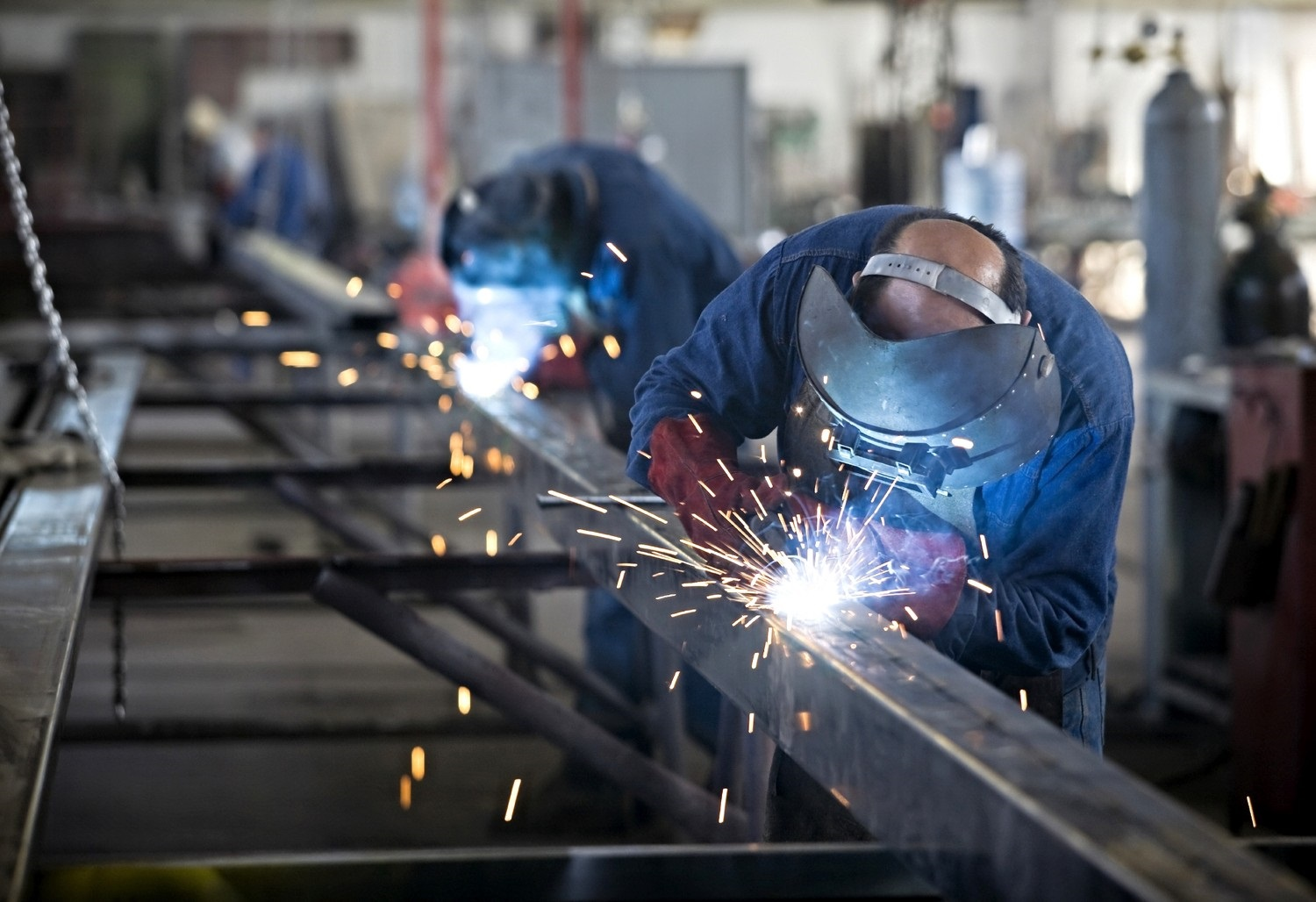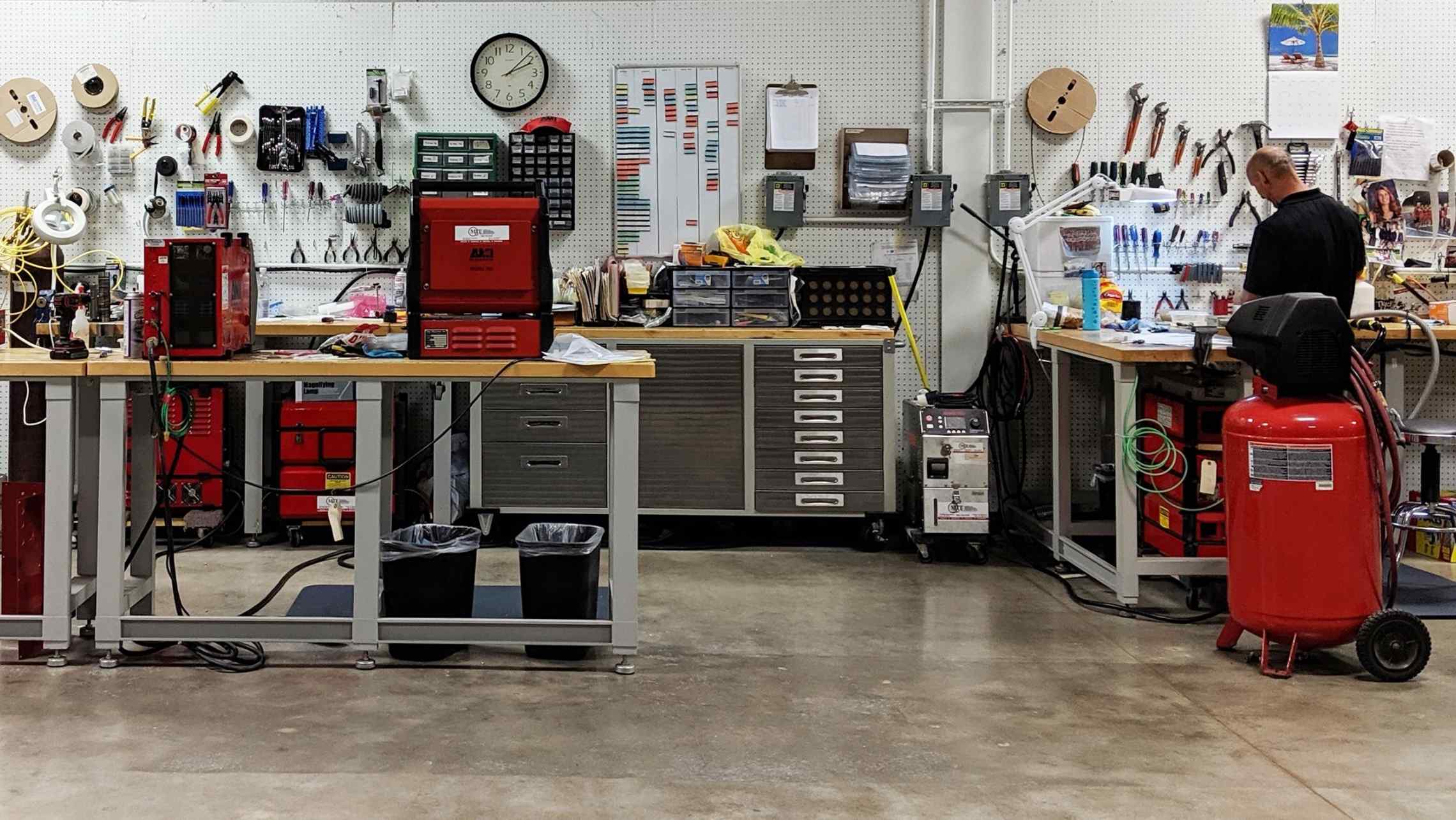Top advice from Belgrade Welding professionals
Everything about Welding: Key Insights Into Techniques and Ideal Practices for Success
Welding encompasses a variety of methods, each matched for particular materials and applications. Recognizing these approaches, such as GMAW, SMAW, and TIG, is crucial for attaining perfect results. Additionally, the ideal equipment and safety and security techniques can not be overlooked. As preparation and troubleshooting play critical roles in the welding process, understanding these aspects can significantly enhance the top quality of the final product. What are the vital aspects that assure a successful weld?
Recognizing Different Welding Techniques
Welding techniques incorporate a variety of techniques, each fit to details applications and materials. Amongst one of the most typical techniques are Gas Steel Arc Welding (GMAW), Shielded Metal Arc Welding (SMAW), and Tungsten Inert Gas Welding (TIG) GMAW, likewise referred to as MIG welding, is prominent for its speed and versatility, making it perfect for thin materials. SMAW, or stick welding, is preferred for its simpleness and effectiveness in outside atmospheres, especially with thicker metals. TIG welding uses accuracy and control, making it appropriate for elaborate work and non-ferrous steels (Fabrication). Each method has its special advantages and considerations, permitting welders to select the very best technique based on the task's needs, product kind, and preferred results. Comprehending these techniques is necessary for effective welding
Essential Welding Equipment and Tools
While numerous welding strategies call for details skills, the right equipment and tools are similarly vital for attaining high quality results. Important welding devices consists of welding machines, which vary relying on the strategy-- such as MIG, TIG, or stick welding. Protective equipment, consisting of aprons, safety helmets, and handwear covers, assurances safety and security and convenience throughout the process. On top of that, components and clamps help secure materials in position, ensuring precision in welds. Consumables like welding poles, cable, and protecting gas are likewise crucial parts that influence the top quality of the weld. Moreover, devices such as grinders and cutters promote surface area prep work and post-weld completing, adding to a specialist outcome. Investing in top quality tools ultimately boosts the performance and performance of welding tasks.
Safety Practices in Welding
Correct safety techniques are necessary in the welding market to protect workers from prospective threats. Welders should put on appropriate personal protective tools (PPE), consisting of helmets with proper shading, gloves, and flame-resistant clothing. Ample air flow is crucial to lower exposure to hazardous fumes and gases produced throughout the welding process. Additionally, workers must be learnt the right handling of welding tools to stop mishaps. Fire security measures, such as keeping flammable products far from the welding area and having fire extinguishers readily available, are required. Regular assessments of tools and work areas can help identify prospective threats prior to they cause crashes. By sticking to these safety practices, welders can develop a safer working atmosphere and minimize risks connected with their trade.
Readying Materials for Welding
Preparing products for welding is an essential action that greatly influences the top quality and integrity of the end product (Montana Mobile Welding and Repair Fabrication). Proper prep work entails cleansing the surface areas to eliminate impurities such as corrosion, dust, and oil, which can compromise the weld. Methods such as grinding, fining sand, or making use of solvents are typically utilized to accomplish a tidy surface area. Furthermore, making sure that the products fit together comfortably is necessary; voids can result in weak welds. It's likewise important to think about the alignment and positioning of the components, as this will impact the convenience of welding and the last end result. Selecting the proper filler material and making sure compatibility with the base steels is crucial for accomplishing strong, resilient welds.
Tips for Achieving High-Quality Welds
Attaining high-quality welds requires attention to detail and adherence to finest practices throughout the welding process. Proper joint prep work is vital, ensuring surface areas are tidy and complimentary from impurities. Picking the proper filler material and welding technique based on the base steels is important for optimal bonding. Preserving constant traveling rate and angle while welding can avoid defects and advertise uniformity. In addition, regulating warmth input is vital; too much heat can result in bending and weakened joints. If essential, regularly inspecting the welds during the procedure enables for prompt changes. Finally, employing appropriate post-weld therapies, such as cleansing and anxiety alleviation, can boost the resilience and integrity of the weld, ultimately guaranteeing an effective end result.
Fixing Typical Welding Issues
Welding often offers difficulties that can impact the high quality and stability of the end product. Typical problems such as porosity, inconsistent weld grains, and overheating can arise, each calling for certain fixing techniques. Comprehending these problems is crucial for welders to improve their abilities and accomplish excellent outcomes.
Porosity Problems Clarified
Although porosity can frequently be forgotten, it continues to be a vital problem in welding that can endanger the honesty of a finished product. Porosity refers to the presence of small gas pockets within the weld bead, which can lead and damage the joint to premature failure. This issue usually develops from impurities, dampness, or improper securing gas coverage during the welding procedure. To minimize porosity, welders need to verify that the base materials are clean and completely dry, clarke mig welder use appropriate protecting gases, and keep api 1104 consistent welding criteria. Routinely checking the equipment and atmosphere can also assist identify prospective concerns prior to they materialize in the weld. Resolving porosity efficiently is crucial for achieving solid, durable welds that fulfill quality criteria.

Irregular Weld Beads
Inconsistent weld grains can considerably affect the high quality and stamina of an ended up product. Numerous variables add to this problem, including inappropriate travel rate, wrong amperage settings, and irregular electrode angles. When the welder relocates too swiftly, a grain may appear narrow and do not have infiltration, while moving too slowly can trigger too much build-up. In addition, using the incorrect amperage can cause either damaging or excessive spatter, both of which concession weld honesty. The welder's strategy, such as inconsistent lantern activity, can likewise cause irregular grain appearance. To alleviate these issues, welders should focus on maintaining constant, controlled motions and making sure correct tools setups to attain harmony in their welds. Consistency is essential to accomplishing solid and reliable welds.
Getting Too Hot and Warping Issues
Excessive warmth throughout the welding process can lead to substantial getting too hot and contorting problems, influencing the structural integrity of the work surface. These troubles often show up as distortion, which can jeopardize placement and fit-up, making more assembly testing. Aspects contributing to overheating consist of the choice of welding specifications, such as voltage and take a trip speed, along with the sort of material being welded. To minimize these concerns, welders need to keep consistent traveling rate and suitable warm input while checking the work surface temperature level. Furthermore, preheating or post-weld heat therapy can help alleviate anxieties triggered by quick cooling - Montana Mobile Welding and Repair Belgrade Welding. Normal evaluation and adherence to ideal practices are important in avoiding overheating and ensuring the longevity and integrity of bonded structures
Often Asked Questions
What Are the Profession Opportunities in the Welding Industry?
The welding sector offers varied occupation chances, including settings as welders, educators, engineers, and assessors. Professionals can work in production, building, aerospace, and auto industries, benefiting from strong need and affordable incomes in numerous duties.
Exactly How Can I Improve My Welding Rate Without Giving Up High Quality?
To boost welding speed without giving up top quality, one ought to exercise effective techniques, keep tools, optimize setups, and boost hand-eye sychronisation. Routine training and seeking responses can likewise substantially add to achieving faster, top quality welds.
What Certifications Are Offered for Welders?
Countless accreditations exist for welders, consisting of those from the American Welding Culture (AWS), the National Facility for Building Education And Learning and Research Study (NCCER), and various industry-specific organizations. These qualifications enhance employability and demonstrate skill effectiveness.
Exactly How Does Welding Influence the Features of Metals?
Welding affects the buildings of steels by look at here modifying their microstructure, which can lead to changes in stamina, ductility, and firmness. Heat input and cooling rates during the process significantly impact these material characteristics.
Can I Weld Dissimilar Metals With Each Other?
